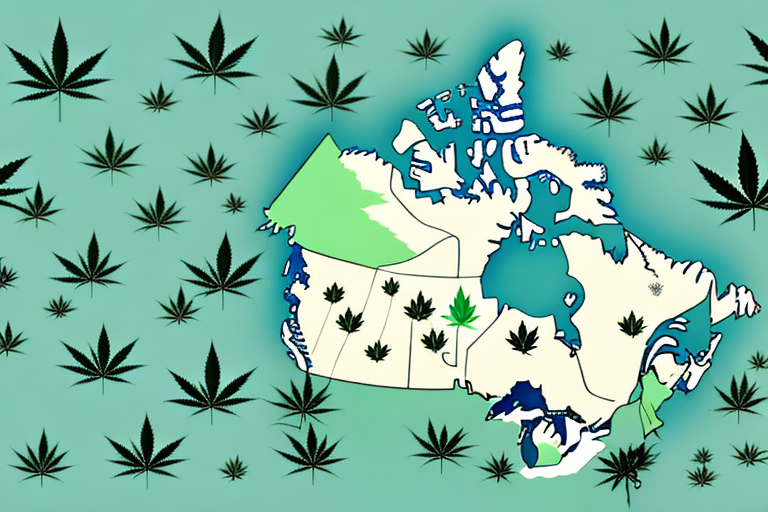In Canada, cannabis cultivation enthusiasts face the challenge of navigating diverse climates and varying growing seasons across different regions. Mastering the Canadian cannabis calendar involves understanding the optimal timing for planting, growing, and harvesting cannabis in various regions to maximize yield and quality. In this article, we’ll delve into the intricacies of the Canadian cannabis calendar, providing valuable insights on when to plant, grow, and harvest cannabis in different parts of the country.
Understanding Regional Climate Variations: Canada’s vast geography encompasses a wide range of climate zones, from the temperate west coast to the harsh winters of the prairies and the northern territories. Understanding the climate variations in different regions is essential for successful cannabis cultivation. Coastal regions like British Columbia enjoy milder temperatures and longer growing seasons, while northern regions experience shorter summers and colder winters.
Spring: Planting Season Begins: In most regions of Canada, spring marks the beginning of the planting season for outdoor cannabis cultivation. As temperatures rise and daylight hours increase, growers prepare their garden beds and seedlings for transplanting outdoors. The timing of outdoor planting varies depending on the region and local climate conditions. In warmer regions like British Columbia, planting can begin as early as April, while in colder regions like Alberta, it may be delayed until late May or early June to avoid the risk of frost.
Summer: Vigorous Growth and Flowering: Summer is the peak growing season for outdoor cannabis cultivation in Canada, with long days, warm temperatures, and abundant sunlight promoting vigorous growth and flowering. During the summer months, cannabis plants undergo rapid vegetative growth, developing lush foliage and sturdy stems. Outdoor growers monitor their plants closely for signs of nutrient deficiencies, pest infestations, and environmental stressors, providing regular irrigation and fertilization to support healthy growth.
As summer transitions into fall, daylight hours gradually decrease, signaling the onset of the flowering stage for cannabis plants. Outdoor growers prepare for the flowering phase by adjusting their feeding regimen to promote bud development and monitoring their plants for signs of maturity. In warmer regions with longer growing seasons, such as British Columbia, outdoor harvests may begin as early as September or October. In colder regions with shorter growing seasons, such as Alberta or Saskatchewan, outdoor harvests may be delayed until late October or early November.
Winter: Harvest and Preservation: As winter approaches and temperatures drop, outdoor cannabis plants reach maturity, signaling the time for harvest. Outdoor growers carefully monitor their plants for signs of maturity, such as changes in color, aroma, and resin production, and harvest their crops selectively to maximize potency and quality. Harvested cannabis buds are dried and cured to preserve their flavor, potency, and aroma, with curing times varying depending on environmental conditions and personal preference.
Conclusion: Mastering the Canadian cannabis calendar involves understanding the optimal timing for planting, growing, and harvesting cannabis in different regions across the country. By recognizing regional climate variations and adapting cultivation practices accordingly, growers can maximize yield and quality while navigating the challenges of Canada’s diverse climate. Whether planting in the mild temperatures of the west coast or braving the harsh winters of the prairies, Canadian cannabis enthusiasts can achieve success by following the rhythms of the Canadian cannabis calendar.
Read More:
Cannabis Clones for Opioid Addiction Recovery
Cannabis Clones and Arthritis Easing Joint Pain and Stiffness
Cannabis Clones and Amyloidosis: Exploring Potential Therapeutic Benefits













